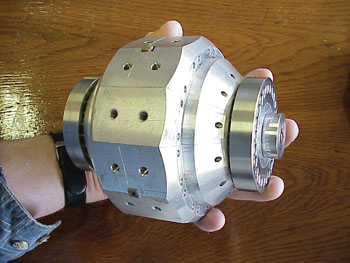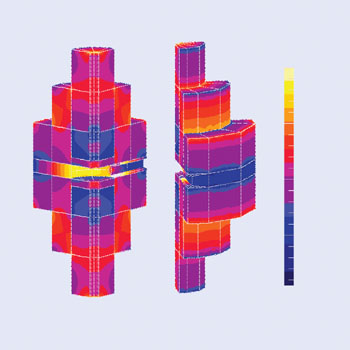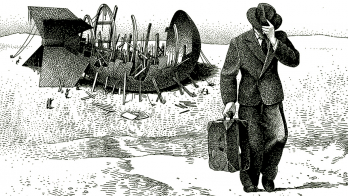
A group of laboratories in Grenoble has built a permanent magnet that produces a world-record field of 5 T at room temperature. The magnet has already found an application at the Grenoble-based European Synchrotron Radiation Facility (ESRF).
The Grenoble magnet is the work of doctoral student Frederic Bloch, who built on the ideas of Berkeley’s Klaus Halbach, a 1970s pioneer of using permanent magnet “wigglers” and “undulators” to produce synchrotron radiation from electron beams. In 1985, Halbach devised a configuration of permanent magnets that concentrates magnetic flux on one side of the array and cancels it on the other. His ideas have since been taken up by designers of magnetic levitation transport systems as well as those with accelerator applications in mind.

Bloch’s device is a 120 mm sphere of rare-earth permanent magnets. Its usable magnetic volume is an air gap with an adjustable diameter up to 6 mm. The magnet’s peak field of 5 T was measured with a gap of 0.15 mm. Its first application was in an ESRF experiment making magnetic measurements on thin films. The compact nature of the magnet meant that it could be inserted into an ESRF beamline in which the maximum field available using electromagnets had previously been 2.5 T.








